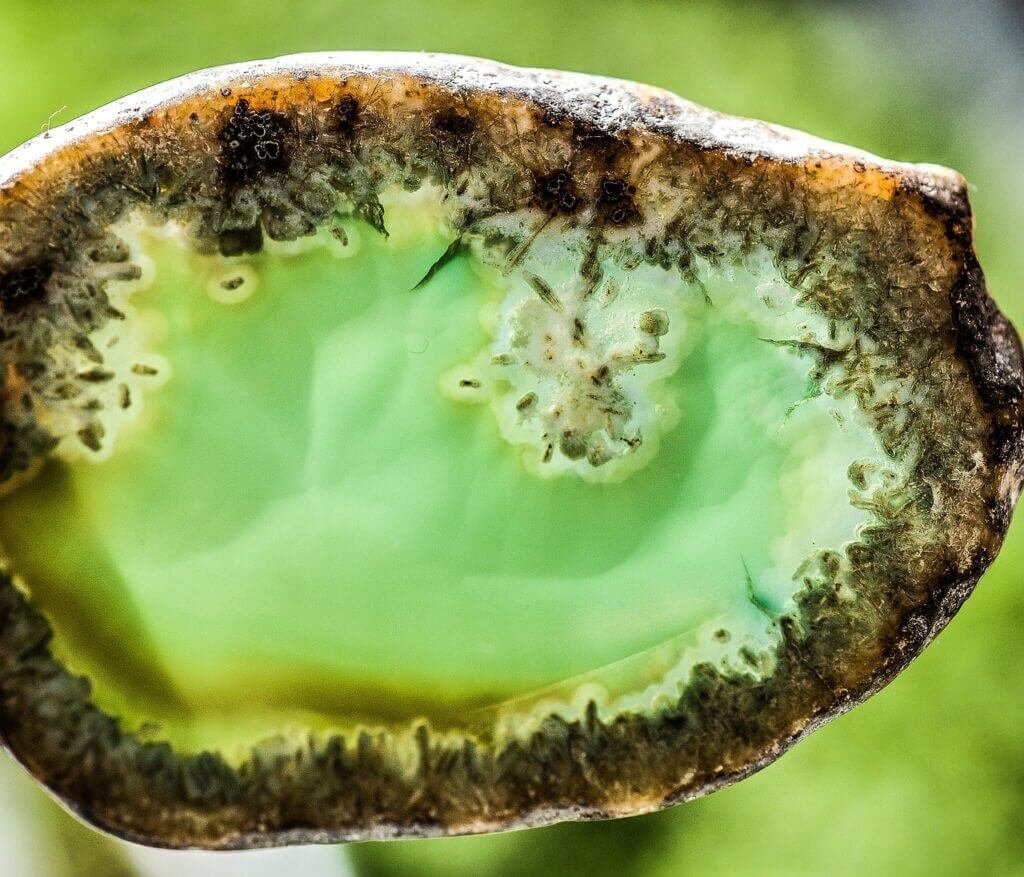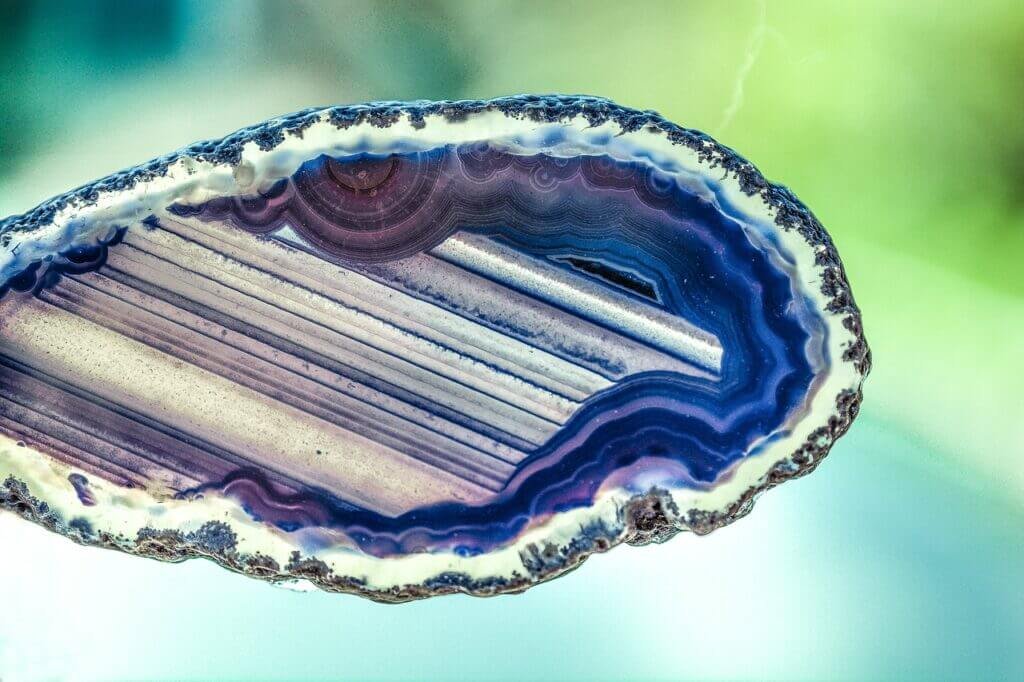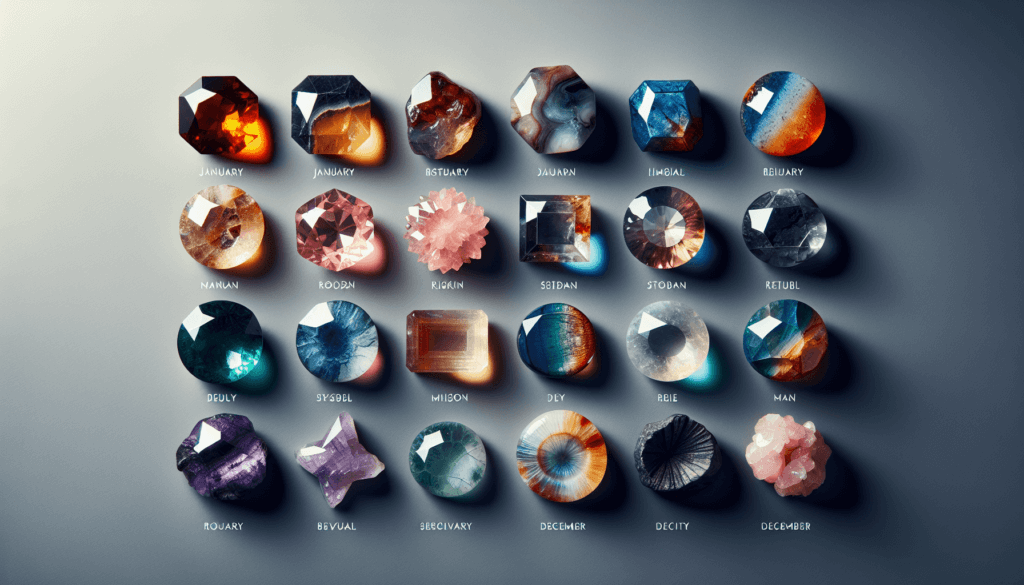You’re about to embark on an illuminating journey through the colorful world of birthstones. In this enlightening read, “What Are Birthstones For Each Month And Their Meanings?” you’ll discover the unique stones attributed to each calendar month along with their fascinating symbolism and significance. Learn about the deep-rooted lore, historic narratives, and captivating power these precious gems hold. It’s your golden ticket to enhance your understanding of these vibrant talismans, enriching your appreciation for their natural beauty and deeper context in human culture and personal identity.

Overview of Birthstones
Birthstones hold a significant traditional and cultural value in various societies worldwide. Let’s dive into this dazzling world and get a clearer understanding of what birthstones are all about.
Brief history and origin of birthstones
The concept of birthstones can be traced back to biblical times. There’s a depiction in the Book of Exodus of a breastplate worn by Aaron, the High Priest, adorned with twelve different stones representing the twelve tribes of Israel. Over time, these stones were associated with specific months of the year and then eventually linked to a person’s birth month.
The cultural significance of birthstones
Birthstones have deep-rooted cultural significance. Many cultures believed that these stones possessed health-boosting properties and had a protective nature. It was thought that when worn during its assigned month, the birthstone’s health benefits and protective powers would increase.
How birthstones are traditionally associated with each month
The modern list of birthstones was officially established by the National Association of Jewelers in the US in 1912. Each month of the year has a particular gemstone associated with it, and that stone is thought to bring good fortune to those born in that month.
January: Garnet
Description and characteristics of Garnet
Your birthstone, the garnet, is a beautiful gemstone that ranges in color from deep red to vibrant green. It is known for its high durability and has been used throughout history as an ornamental jewel and abrasive.
Traditional meanings and symbolism associated with Garnet
Garnet, the birthstone of January, has long symbolized love, health, and longevity. In medieval times, it was believed to protect against nightmares and provide guidance through the dark.
Modern interpretations of Garnet as a birthstone
Today, garnet is considered a gem of friendship and trust. Wearing garnet is thought to encourage good health and protect its wearer during travel.

February: Amethyst
Description and characteristics of Amethyst
February’s birthstone, the amethyst, is highly prized for its stunning violet color. The depth of its color can range from a light purple to a rich, deep purple or blue-violet.
Traditional meanings and symbolism associated with Amethyst
Historically, amethyst was believed to protect its wearer from intoxication. The ancient Greeks even made drinking vessels from it in the belief that it would prevent drunkenness.
Modern interpretations of Amethyst as a birthstone
Today, amethyst is prized for its beauty and said to symbolize peace, courage, and stability. It is believed to empower the wearer with clarity of mind and emotional balance.
March: Aquamarine
Description and characteristics of Aquamarine
The birthstone for March, aquamarine, boasts a gorgeous pale blue color. It resembles the sea’s sparkles and has a calm and soothing appeal.
Traditional meanings and symbolism associated with Aquamarine
Aquamarine was considered a mermaid’s stone, cherished for its ability to ensure safe travels, particularly over water. It was also believed to bring good luck, fearlessness, and protection.
Modern interpretations of Aquamarine as a birthstone
Today, aquamarine is often associated with tranquility, serenity, and clarity. It is believed to soothe stress, bring mental clarity, and harbor the love and affection of married couples, making it an excellent anniversary gift.

April: Diamond
Description and characteristics of Diamond
As a birthstone for April, diamond is an ultimate symbol of sophistication and luxury. It is the hardest gemstone on earth, known for its brilliant sparkle and high refractive index.
Traditional meanings and symbolism associated with Diamond
Diamonds have always been associated with strength, being unbreakable and eternal. Furthermore, they have been a symbol of love and commitment throughout history.
Modern interpretations of Diamond as a birthstone
Today, diamond is renowned as an eternal symbol of love, commonly used in wedding rings. It represents innocence, purity, and everlasting love. It’s believed to bring courage to those who wear it.
May: Emerald
Description and characteristics of Emerald
May’s birthstone, emerald, is a captivating gemstone known for its rich green color. It’s a variety of beryl and gets its green tint from the presence of chromium or vanadium.
Traditional meanings and symbolism associated with Emerald
Historically, emerald was associated with fertility, rebirth, and love. Ancient Romans revered this gemstone as a symbol of fertility, rebirth, and love.
Modern interpretations of Emerald as a birthstone
Presently, emerald is viewed as a symbol of loyalty, new beginnings, peace, and security. It is believed to bring wisdom, growth, and patience to its wearer.

June: Pearl
Description and characteristics of Pearl
Characterized by their lustrous appeal and unique origin, pearls—the birthstone of June—are formed in mollusks, like oysters and clams. This makes pearls unique, as they are the only gems derived from living organisms.
Traditional meanings and symbolism associated with Pearl
The pearl has been associated with innocence, purity, and humility. In ancient societies, pearls were believed to bring believed to bring prosperity and long life to those who wore them.
Modern interpretations of Pearl as a birthstone
In the modern world, pearls signify purity and are often worn by brides. The timeless beauty of pearls also represents wisdom and integrity.
July: Ruby
Description and characteristics of Ruby
July’s birthstone, the ruby, features an enchanting deep red color. Known for its durability and hardness, ruby is one of the most valued gemstones.
Traditional meanings and symbolism associated with Ruby
In history, rubies were thought to protect their wearers from evil. Ancient cultures believed that ruby could guarantee health, wisdom, wealth, and success in love.
Modern interpretations of Ruby as a birthstone
Today, rubies are seen as a symbol of vitality, energy, and passion. This gemstone is said to bestow good fortune on its owner.

August: Peridot
Description and characteristics of Peridot
August’s birthstone, peridot, is vibrant in its lime green color. It’s one of the few gemstones that occur in only one color, deriving its unique green hue from the composition of the mineral itself, rather than from impurities.
Traditional meanings and symbolism associated with Peridot
Peridot has been long associated with light. The ancients considered it a gift from Mother Nature, believing that it protected its wearer from nightmares.
Modern interpretations of Peridot as a birthstone
Presently, peridot signifies strength, and it is believed to host magical properties and healing properties. Many believe wearing peridot can alleviate depression and anger, and bring about peace.
How to Care for Your Birthstone
Proper cleaning and maintenance of birthstones
Taking care of your birthstone ensures its longevity and luster. Cleaning it with warm soapy water and drying it with a soft cloth can keep its shine intact. For harder stones like diamonds and rubies, a professional ultrasonic cleaning may be appropriate.
Don’ts when you are handling birthstones
Avoid using harsh chemicals or abrasives while cleaning your gems, as they may damage the stone’s surface. Do not expose them to extreme temperatures. Always remove your birthstone jewelry when performing activities that could lead to scratches or blows.
How to store and preserve the brilliancy of birthstones
Stored correctly, your birthstone can maintain its brilliant sparkle for generations. Always store each piece separately, preferably in a padded box or soft pouch to prevent scratches and to retain its luster. Regularly clean and inspect your gems to keep them in top-notch condition for years to come. Remember, it’s not just a piece of jewelry—it’s a piece of history uniquely tied to you.



